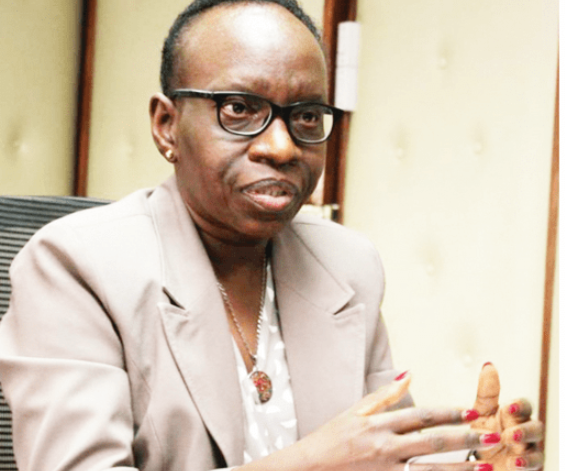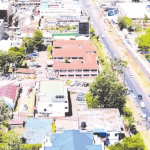The management of Sports Kenya is facing scrutiny once again due to delays in the completion of several stadia that are either under construction or undergoing refurbishment.
In a report for the year ending June 2023, Auditor General Nancy Gathungu expressed concerns that, despite Sh 4.3 billion being allocated, various anomalies were observed in the projects. The affected projects include the renovations of the Moi International Sports Centre Kasarani, the construction of Kamariny Stadium in Elgeyo Marakwet County, the first and second phases of Kipchoge Keino Stadium in Eldoret, Karatu Stadium in Gatundu South, Wote Stadium in Makueni, Ruringu Stadium in Nyeri County, and Kirubia Stadium in Tharaka Nithi County.
The report reads: “The statement of financial position reflects work in progress (WIP) balance of Kshs4,259,127,880 as disclosed in Note 27 to the financial statements. Review of projects implemented by Management revealed the unsatisfactory matters.”
Regarding the Moi International Sports Centre, the report indicates that while management entered into a Memorandum of Understanding (MOU) with the Nairobi Metropolitan Area Transport Authority (NAMATA) for the construction of a Bus Rapid Transit assembly facility on a 15-acre parcel of land taken from the Moi International Sports Centre – Kasarani, the project was not approved by the relevant Cabinet Secretary, as mandated by Section 4(s) of the Sports Act, 2013.
Furthermore, the report states that the construction of a Bus Rapid Transport facility does not align with Sports Kenya’s mandate as outlined in Section 4 of the Sports Act, 2013, which specifies that Sports Kenya is established to promote sporting activities and safeguard sporting facilities and resources. The report concludes, “In the circumstances, the management was in breach of the law.”
Regarding Kamariny Stadium, the report notes that although Sh81.6 million has already been disbursed to the contractor, a physical verification conducted on March 5, 2024, revealed that only approximately 30 percent of the project was completed, as it had stalled since 2017 and the contractor was not present on site.
The contract for the construction of Kamariny Stadium was awarded on September 6, 2016, and the scope of work included building a 15,000-seat pavilion, a standard football pitch, a borehole with associated water storage facilities, electrical and mechanical works, and an eight-lane track with field event facilities. The report states, “In the circumstances, the value for money realized from the expenditure of Sh81,590,104 on the project could not be confirmed.”
Regarding the Kipchoge Keino Stadium Phase I, the report notes that although the project has incurred Sh326.8 million, which is 88 percent of the total contract sum of Sh304.2 million, a physical verification conducted on March 5 of this year revealed that the Phase I works were incomplete, had stalled, and the contract termination process was underway. “In the circumstances, the value for money realized from the expenditure of Sh326,816,952 on the project could not be confirmed,” the report further indicated.
For the construction of Phase II of the Kipchoge Keino Stadium, the report states that although the project has consumed Sh249.9 million, or 77 percent of the contract sum of Sh325.8 million since August 18, 2017, with an expected completion date of January 30, 2023, a physical verification carried out on March 5 of this year revealed that the contractor had abandoned the site due to delayed payments, and the project had stalled.
The scope of work for this phase included constructing a 5,000-seat pavilion, a boundary wall with gates, a borehole with associated water storage facilities, lifts, a car park, and the installation of a generator, along with electrical and mechanical works.
Regarding Karatu Stadium, where Sh149.4 million, or 58 percent of the total contract sum of Sh259.6 million, has been spent, a physical verification conducted on March 7, 2024, revealed several anomalies, including the incomplete 1,500-seat pavilion.
The report indicates that the perimeter wall had collapsed and had not been repaired, the car park had not been constructed, and the borehole had not yet been drilled at the time of the audit. It was also noted that Public Works officers had not visited the site since 2020, making it impossible to confirm the quality of the work completed.



